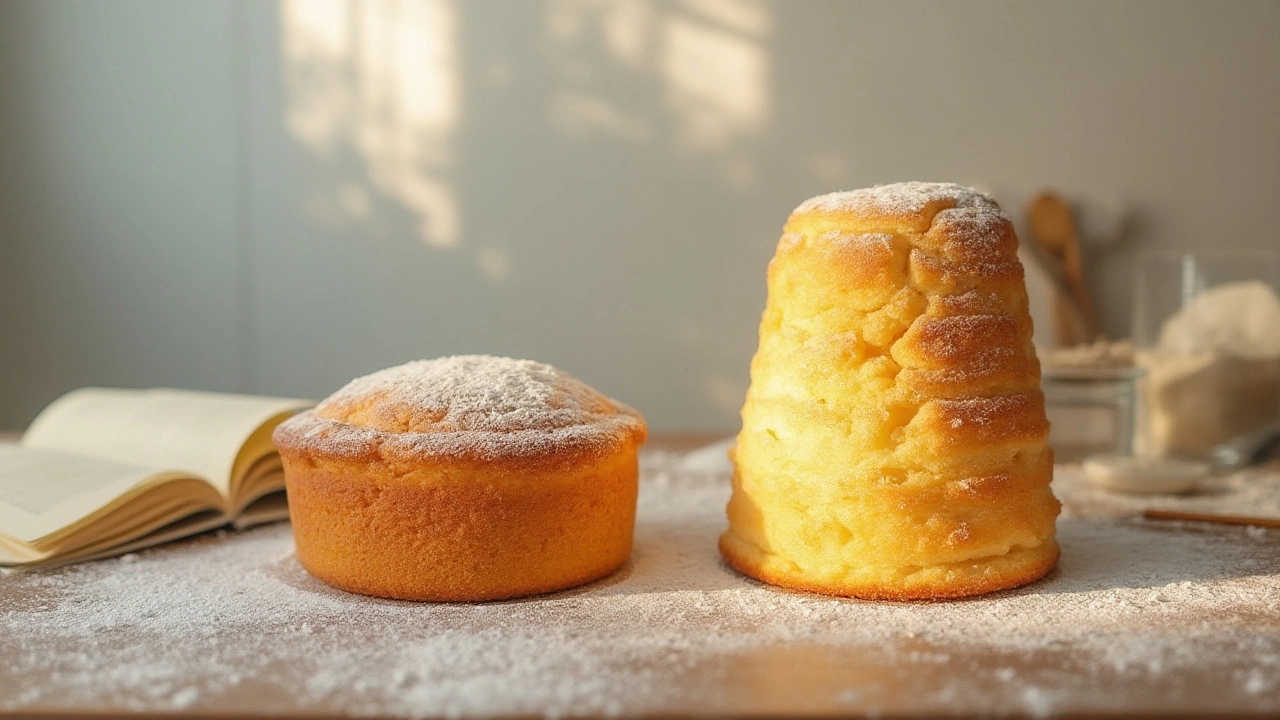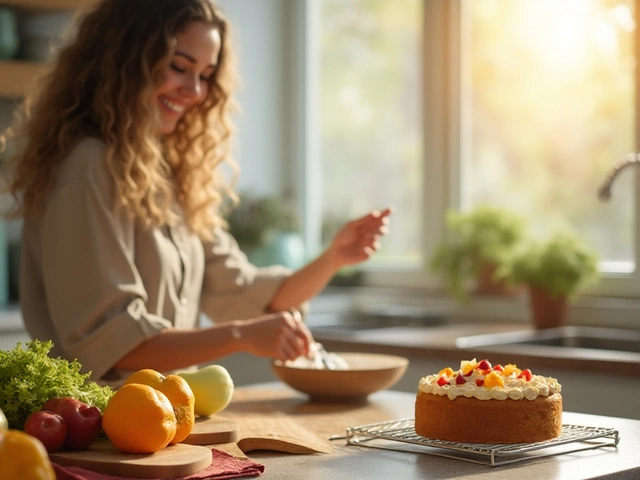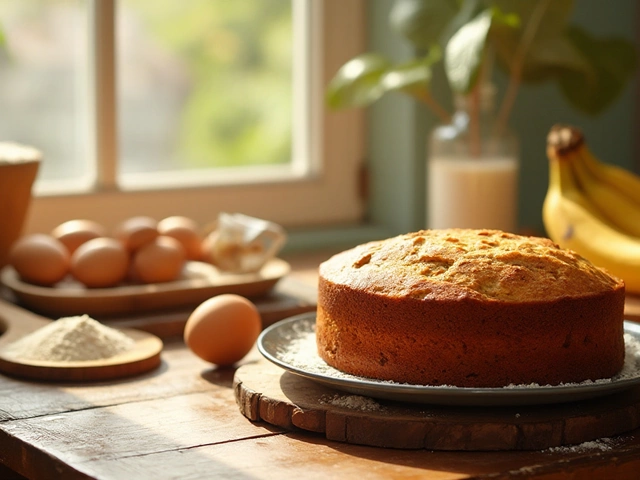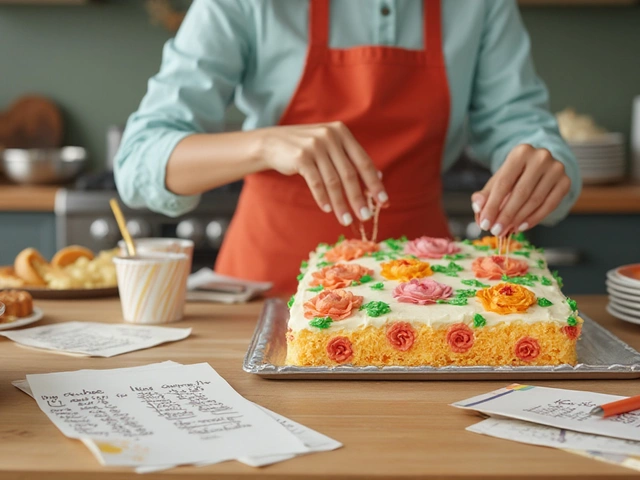Gluten‑Free Baking Tips: Simple Tricks for Perfect Results
If you’ve ever pulled a gluten‑free cake out of the oven only to see it collapse, you’re not alone. The same thing can happen to cookies, brownies, and even a simple pancake batter. The good news? Most of the problems are easy to fix with a few smart moves.
Why Gluten‑Free Bakes Can Fail
Gluten does more than give bread its stretch. It also helps hold air bubbles, keep structure, and trap moisture. When you take it out, the batter can become too wet, too dry, or just lack the backbone to hold its shape. Common culprits are using the wrong flour blend, not enough binding agents, and over‑mixing the batter.
For example, our post “Gluten‑Free Cakes Sink: Why It Happens & How to Prevent It” shows that a cake can sink if the batter is too thin or if the oven temperature drops too quickly. Same thing with brownies – if the batter is too liquid, they can turn soggy or moldy faster than you’d expect.
Pro Tips to Boost Your Gluten‑Free Baking
1. Choose the right flour blend. A mix of rice flour, tapioca starch, and potato starch works well for most cakes. Add a spoonful of xanthan gum or guar gum if the blend doesn’t already contain it – this gives the dough a bit of stretch.
2. Use binding agents. Eggs are the classic binder, but if you’re avoiding them, try a combo of chia seeds, flaxseed meal, or commercial egg replacer. One tablespoon of chia gel (1 part chia seeds to 3 parts water) works like an egg in a cake recipe.
3. Keep the batter moist, not watery. Gluten‑free flours absorb more liquid. Start with less liquid than a regular recipe calls for, then add a splash at a time until the batter feels like a thick pancake batter.
4. Don’t over‑mix. Mix until ingredients are just combined. Over‑mixing can develop a gummy texture that makes cakes dense and cookies tough.
5. Mind the oven. Preheat fully and avoid opening the door early. A sudden drop in temperature can cause a sunken center, especially in cakes that rely on steam to rise.
Another quick win comes from our “Gluten‑Free Grains List” post – swap out wheat‑based ingredients for safe grains like quinoa, millet, or sorghum. These grains add natural flavor and a bit of structure without the gluten.
Finally, experiment with a pinch of baking powder or soda. Too much can make cookies spread too far; too little leaves them flat. A good rule of thumb is 1 tsp of baking powder per cup of flour for cakes, and ½ tsp per cup for cookies.
Give these tweaks a try on your next bake. You’ll notice the difference in texture, rise, and overall satisfaction. No more sad, sunken cakes – just tasty, confident results.
Want more detailed guidance? Check out the articles linked on this page, like the one about “How to Tell If Brownies Are Bad” for storage tips, or the fudge guides for handling temperature. All of them share the same straightforward, no‑fluff approach that works great in the kitchen.
Gluten‑free baking doesn’t have to be a mystery. With the right flour blend, a few binding tricks, and careful oven handling, you’ll be serving up perfect cakes and cookies that everyone enjoys – gluten or not.

Why Are Gluten-Free Cakes So Dense? Common Problems and Helpful Solutions
Gluten-free cakes often end up heavy and dense. Learn why this happens, what science says, and get real-world tips for lighter, fluffier gluten-free bakes.
View More




